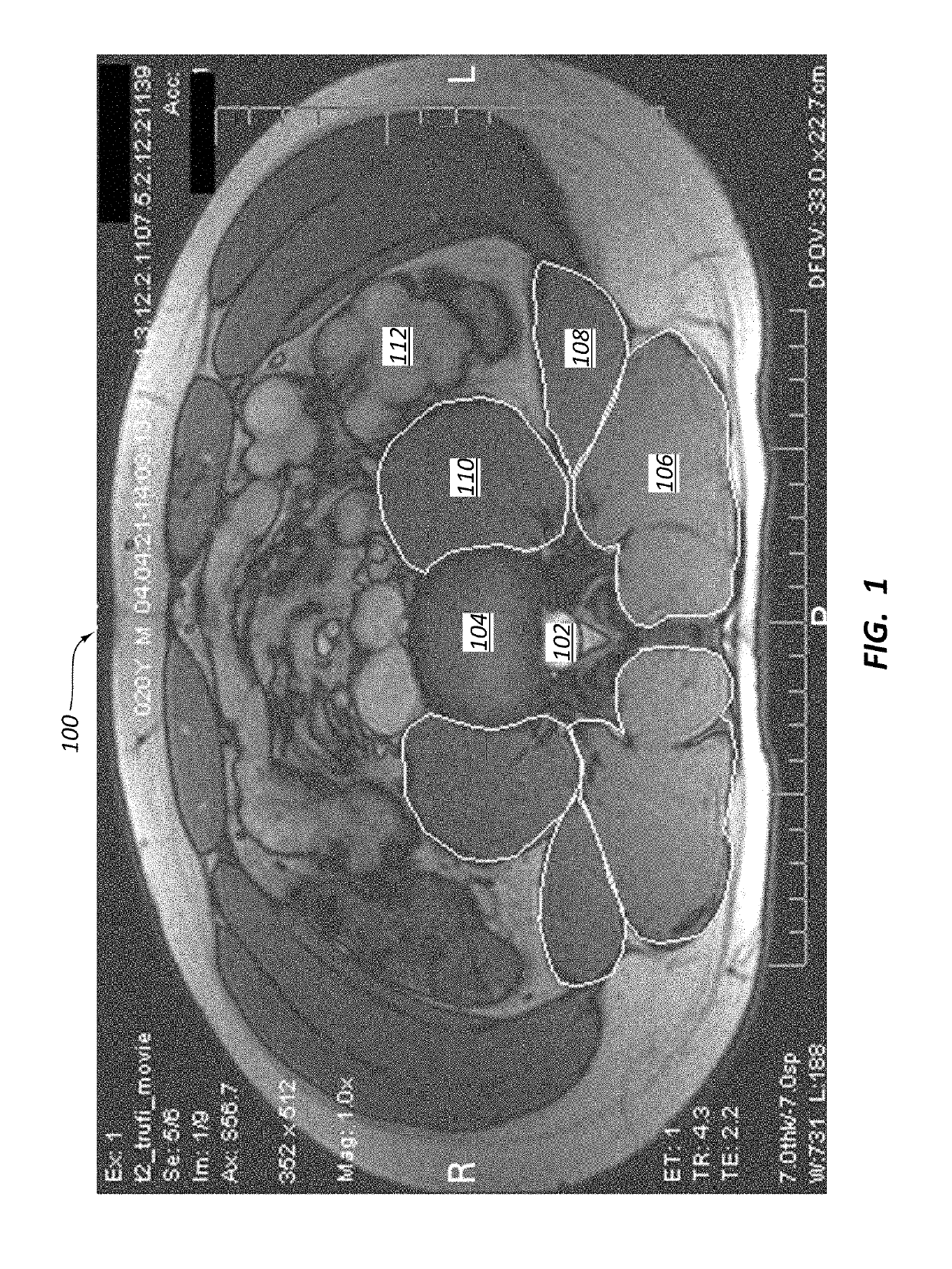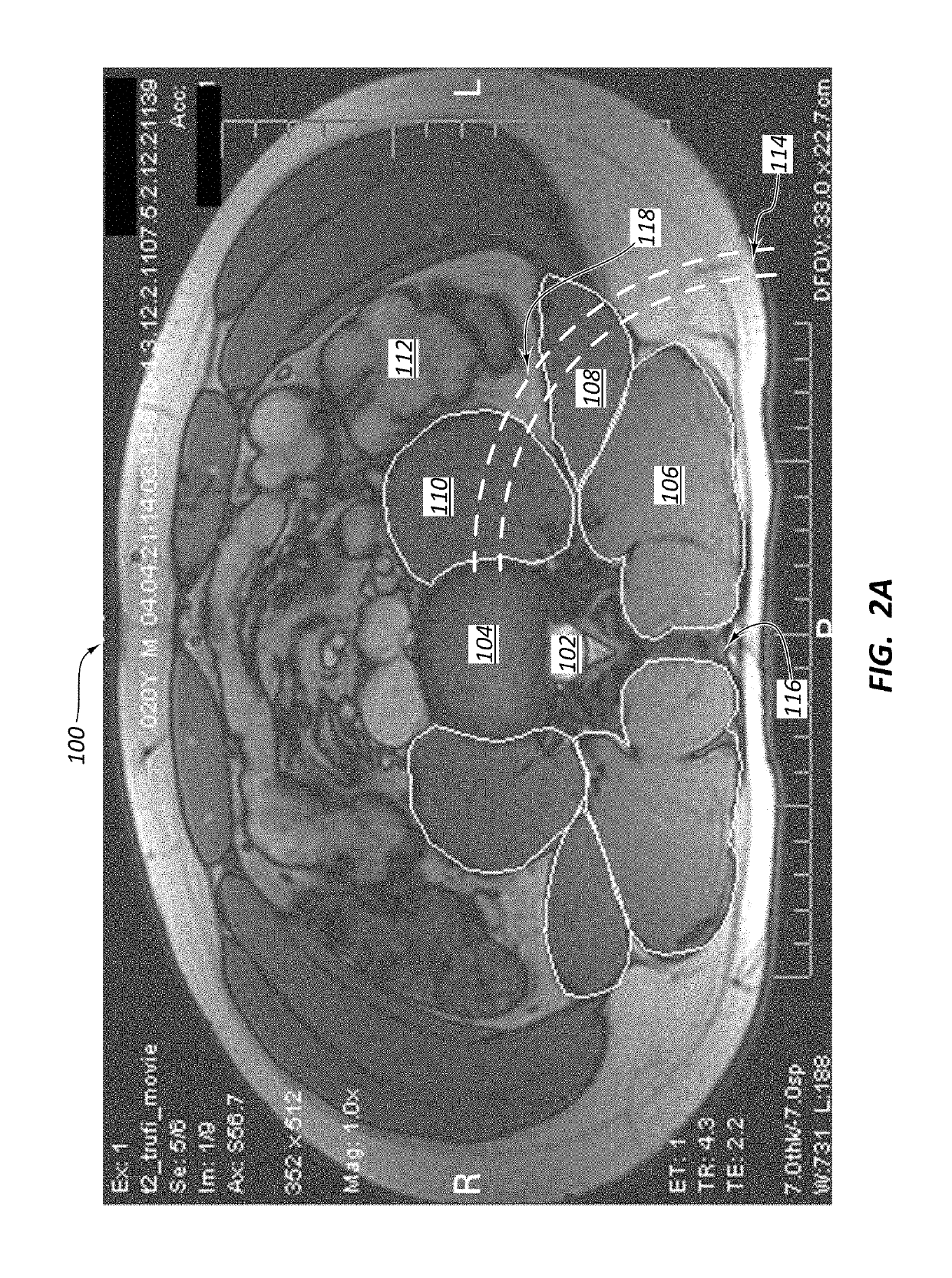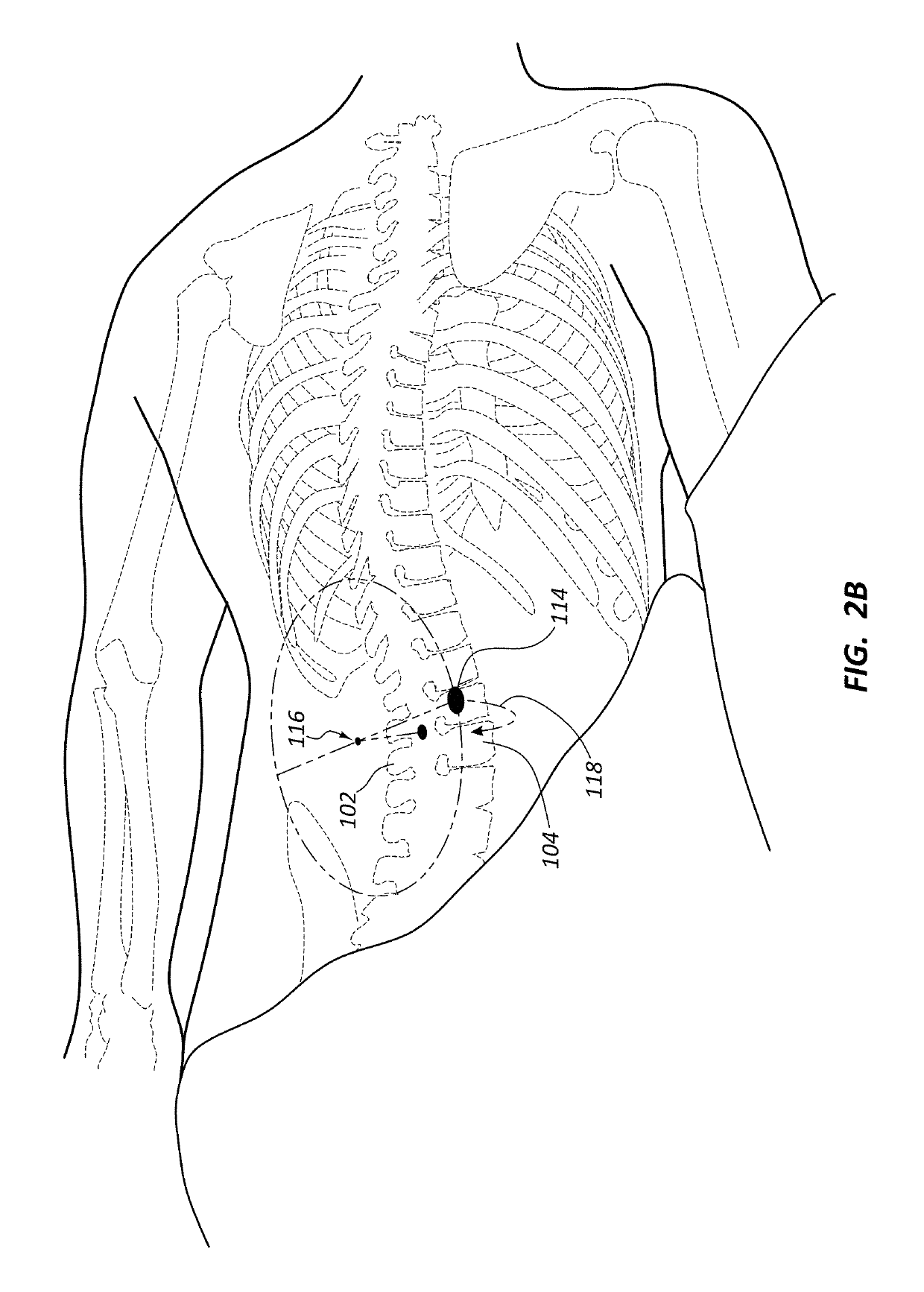Posterior to lateral interbody fusion approach with associated instrumentation and implants
a fusion and interbody technology, applied in the field of posterior and posterolateral approaches, can solve the problems of increasing the risk of colon and lumbar plexus, presenting the anterior and posterolateral approaches can present a risk to nerve roots as well as the bones of the spine, so as to reduce the risk, improve the effect of fusion efficiency and lessen the risk of nerve roots
- Summary
- Abstract
- Description
- Claims
- Application Information
AI Technical Summary
Benefits of technology
Problems solved by technology
Method used
Image
Examples
Embodiment Construction
[0043]I. Introduction
[0044]The present invention relates to methods used for accessing a disc space of a patient as a part of an interbody fusion procedure, as well as the tools used for clearing the disc space of the patient between vertebral endplates of the vertebrae as a part of such an interbody fusion. Such a method may include inserting a leading end of a tool into the patient's back at a location on the posterior surface that is laterally offset from a patient's midline (e.g., spinous process). The tool's initial entry into the patient may be from a posterior approach relative to the disc (although laterally offset as described, so as to perhaps most accurately be described as posterolateral), but as the tool is advanced along its designated path towards the lateral aspect of the disc, or after it has fully advanced to the lateral aspect of the disc, the path is deviated from the posterior approach towards a lateral approach to the disc. When the leading end of the tool actu...
PUM
 Login to View More
Login to View More Abstract
Description
Claims
Application Information
 Login to View More
Login to View More - R&D
- Intellectual Property
- Life Sciences
- Materials
- Tech Scout
- Unparalleled Data Quality
- Higher Quality Content
- 60% Fewer Hallucinations
Browse by: Latest US Patents, China's latest patents, Technical Efficacy Thesaurus, Application Domain, Technology Topic, Popular Technical Reports.
© 2025 PatSnap. All rights reserved.Legal|Privacy policy|Modern Slavery Act Transparency Statement|Sitemap|About US| Contact US: help@patsnap.com



